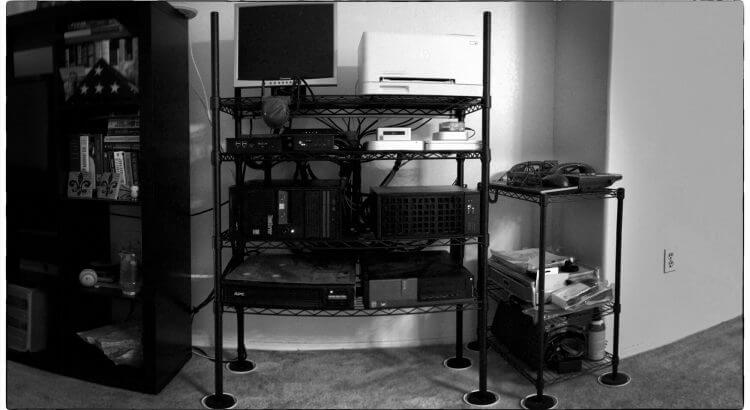When do you upgrade your home lab version? New hardware? New arrangement? I’m not really sure, so we’re going to go with v4.0.
This post is really just an overview of what the lab currently looks like and some of the functions it performs. A lot of it is more production than lab, so…labduction?
There she is, up there, in all of her cobbled together glory. And trust me, I’m cleaning up the cabling this weekend! I wish I’d known when I started what I know now, but I suppose that’s part of the reason we do this! Read More
